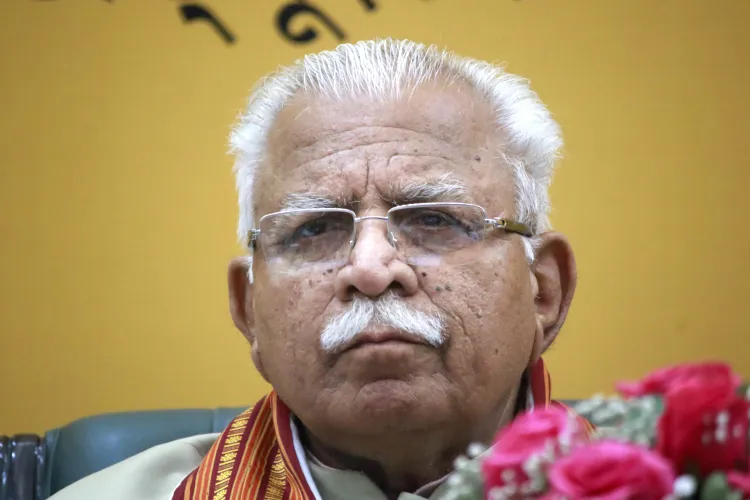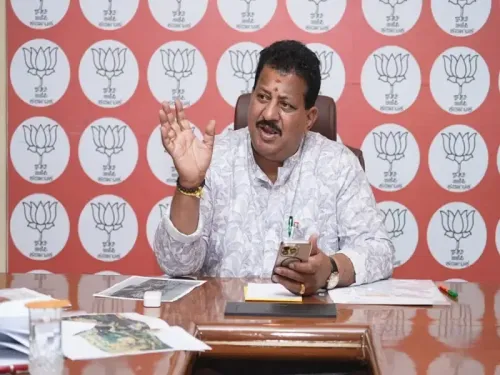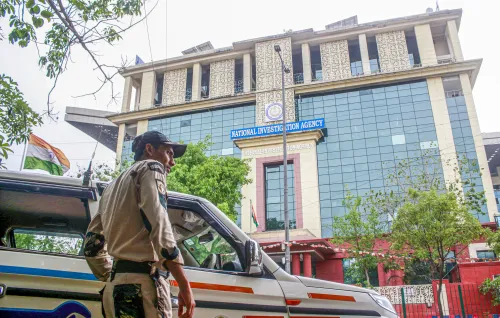Is India on Course to Achieve 50% Renewable Energy by 2025?

Synopsis
Key Takeaways
- India is on track to achieve a 50% renewable energy milestone of 472 GW by 2025.
- Energy storage costs have dropped significantly, enhancing feasibility.
- The nation is focusing on green hydrogen for energy independence.
- Current Battery Energy Storage System capacity is low, necessitating growth.
- India's initiatives reflect a commitment to sustainable energy practices.
New Delhi, July 9 (NationPress) India is well-positioned to reach the 50 percent renewable energy milestone of 472 gigawatts (GW) by the conclusion of this year, as stated by Union Power Minister Manohar Lal Khattar on Wednesday.
Speaking at the ‘India Energy Storage Week (IESW) 2025’, the minister highlighted that India has made remarkable progress in its energy generation initiatives.
“At present, we are nearing 50 percent of our total generation capacity of 472 gigawatts. By the year’s end, India is set to hit the 50 percent renewable energy milestone of 472 gigawatts. However, to stabilize our grid, optimize power generation, and guarantee 24/7 reliable clean energy, implementing an energy storage system is crucial for achieving our objectives,” the minister remarked.
The International Atomic Energy Agency (IAEA) estimates that the globe must amplify its energy storage capacity six-fold by 2030 to meet these targets.
“Our goal is ambitious, and we need to concentrate on enhancing energy storage capabilities. In the last three to four years, the costs associated with energy storage have plummeted. The price per megawatt has dropped from Rs 10 lakh to Rs 2.5 lakh per megawatt per month, marking a reduction to one-fourth of the initial cost,” Manohar Lal added.
As sectors such as steel and cement transition towards green hydrogen, India is striving for energy independence to diminish its reliance on oil.
“With a green hydrogen mission supported by Rs 19,744 crore, the nation aims to produce 10 million metric tonnes of green hydrogen and develop electrolyser capacity of 60 to 100 gigawatts. This initiative underscores India’s ambition to lead in next-generation fuel production,” he further mentioned.
Ghanshyam Prasad, Chairperson of the Central Electricity Authority, pointed out, “We currently have around 3,300 MW of capacity in the pipeline, expected to culminate in 8,500 megawatt-hours (MWh) over the next two years.”
“Additionally, we possess approximately 12,500 MW translating to about 42,000 MWh under tender. However, the nation’s current Battery Energy Storage System capacity appears quite limited at around 205 MW or about 506 MWh. I share these figures because, starting from 2026-2027, we need to steadily increase our capacities to reach about 74 gigawatts by 2031-32,” Prasad concluded.










